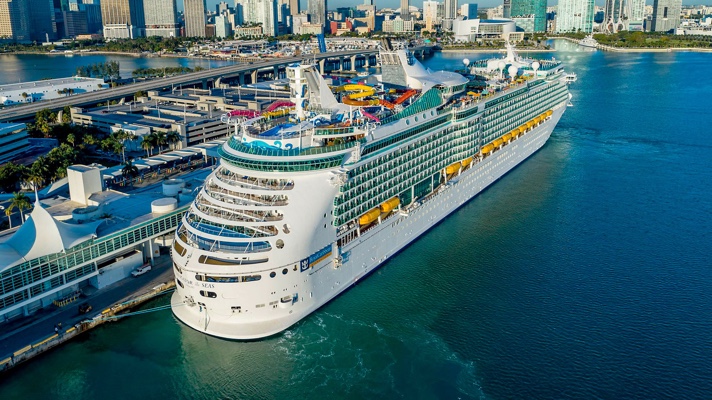Cruise operator RCL, technology group Wärtsilä, and classification society DNV GL have worked together to prevent engine room fires. The result is a new fire prevention notation which includes several safety barriers that are to manage the most significant risk factors, including leakages of flammable liquid and hot surfaces.
The new DNV GL class notation F(M-P) is the result of a Joint Industry Project between the three partners which was started in 2016. It will be implemented for the first time in RCL’s new cruise vessel Navigator of the Seas. Based on incident analysis, feedback from surveyors, and best practices from the industry, the notation identifies key areas for preventing fires in engine rooms.
Preventing Leakage of Flammable Liquid and Insulation
As casualty statistics indicate that many engine room fires occur when flammable liquid reaches a hot surface, the notation introduces process checks and technical measures to prevent this from occurring. There is overarching emphasis on both internal and external processes and procedures, with auditing of procedures to enable more efficient oversight. Likely areas for leakage are identified, and containment strategies for such areas offered.
Insulation of potentially hot surfaces is also a key issue to prevent ignition, so maintenance activities in this area are emphasised.
Data Collection
Control and monitoring of vibration in essential systems is an added requirement, with ongoing data collection included to show trends over time. In addition, the requirement for continuous improvement through data analytics means that owners and operators can gain ongoing benefits from the processes and systems they put in place to prevent fires.
Picture: Navigator of the Seas (courtesy of Royal Caribbean International).








